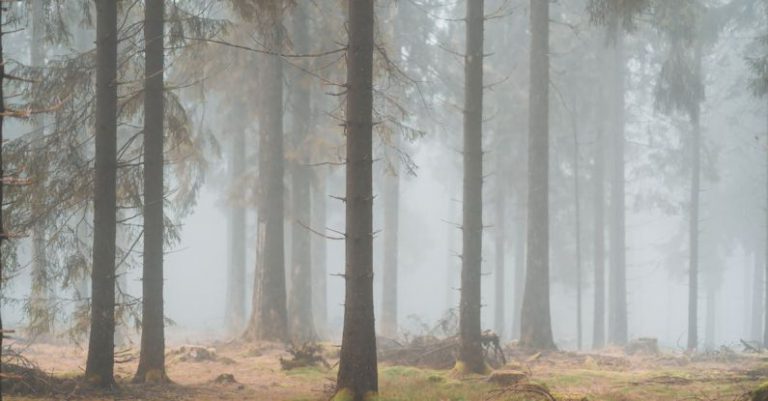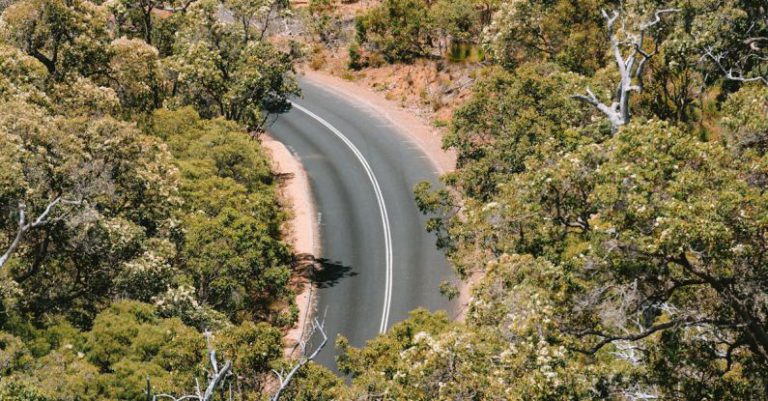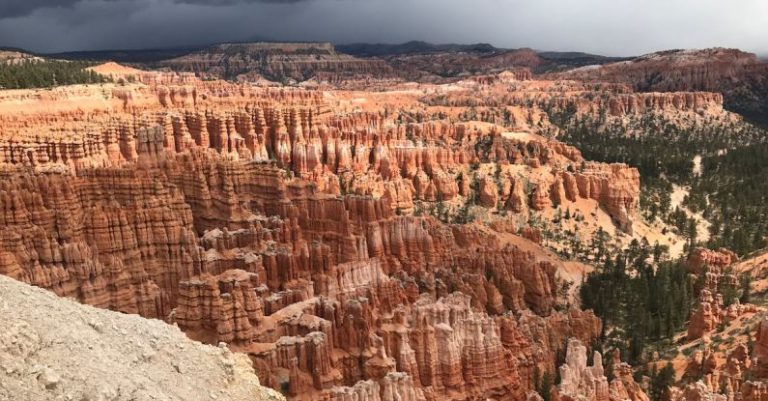
In today’s world, encounters with wildlife are becoming increasingly common as human development continues to encroach on natural habitats. While these encounters can be thrilling and awe-inspiring, they also pose potential risks to both humans and animals. It is crucial to be prepared and know how to protect yourself when you find yourself face-to-face with wildlife. Here are some essential tips to help you stay safe in the great outdoors.
Understanding Wildlife Behavior
Before delving into strategies for protecting yourself from wildlife encounters, it is crucial to have a basic understanding of animal behavior. Different species have unique habits and responses to various stimuli. Some animals may be territorial and aggressive when they feel threatened, while others may be more docile and inclined to flee. By familiarizing yourself with the behavior of the wildlife in your area, you can better anticipate their reactions and take appropriate precautions.
Respect Their Space
One of the most effective ways to avoid negative wildlife encounters is to give animals their space. Approaching or attempting to interact with wild animals can trigger defensive behaviors and put you at risk. Remember that wildlife should be observed from a safe distance, preferably using binoculars or a camera with a zoom lens. Respecting their habitat and boundaries not only protects you but also preserves the natural behaviors of the animals.
Make Noise
In many cases, wildlife will try to avoid humans if they are aware of their presence. Making noise while hiking or exploring outdoor areas can help alert animals to your presence and prevent surprise encounters. Clap your hands, talk loudly, or even carry a bear bell to create a constant sound that can deter wildlife from approaching. This simple technique can be particularly useful in areas where visibility is limited, such as dense forests or tall grass.
Store Food Properly
Food can attract wildlife, especially scavengers like raccoons, bears, and coyotes. When camping or picnicking in natural areas, be sure to store your food securely to avoid unwanted animal visitors. Use bear-proof containers or hang food in a bear bag away from your campsite to prevent animals from associating humans with a potential food source. Proper food storage not only protects you from wildlife encounters but also helps maintain the animals’ natural foraging behaviors.
Travel in Groups
When exploring wilderness areas known for wildlife encounters, it is advisable to travel in groups rather than alone. Larger groups tend to make more noise and appear more intimidating to animals, reducing the likelihood of close encounters. Additionally, having multiple people present increases the chances of someone noticing wildlife before it gets too close, allowing for a safer and more controlled interaction.
Stay Calm and Back Away Slowly
If you do find yourself in a close encounter with wildlife, it is essential to remain calm and avoid sudden movements. Sudden gestures or loud noises can startle animals and trigger aggressive behaviors. Instead, back away slowly while facing the animal and giving it a clear path to retreat. Avoid making direct eye contact, as this can be perceived as a threat by some species. By maintaining a calm and non-threatening demeanor, you can often defuse tense situations with wildlife.
Conclusion: Be Prepared and Stay Vigilant
In conclusion, protecting yourself from wildlife encounters requires preparation, awareness, and respect for the natural world. By understanding animal behavior, respecting their space, making noise, storing food properly, traveling in groups, and staying calm in close encounters, you can minimize the risks associated with interacting with wildlife. Remember that the goal is not to avoid wildlife altogether but to coexist peacefully and safely in their habitats. Stay vigilant, stay informed, and enjoy the beauty of nature with a healthy dose of caution.





